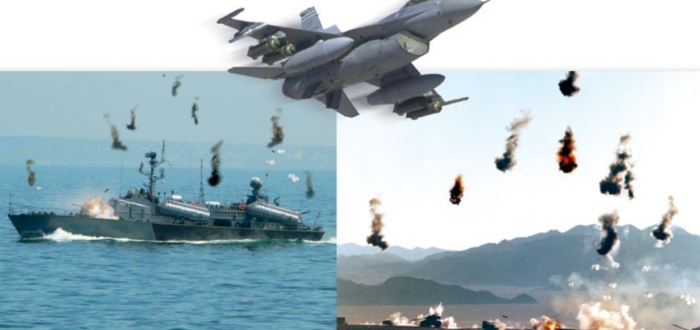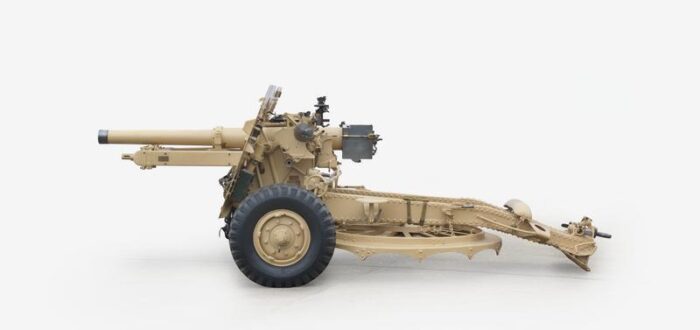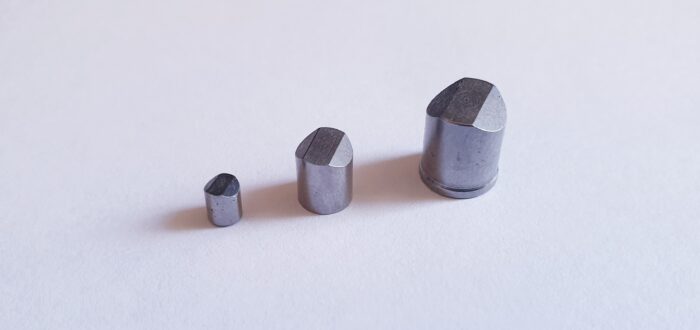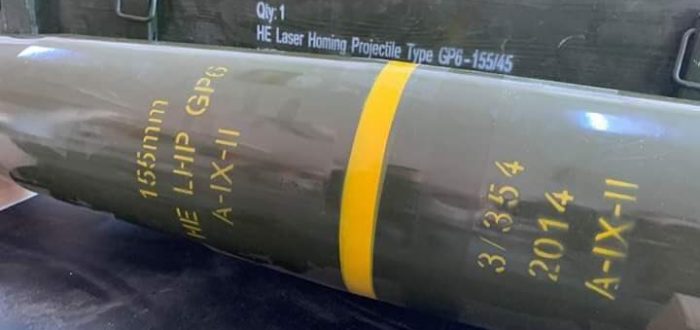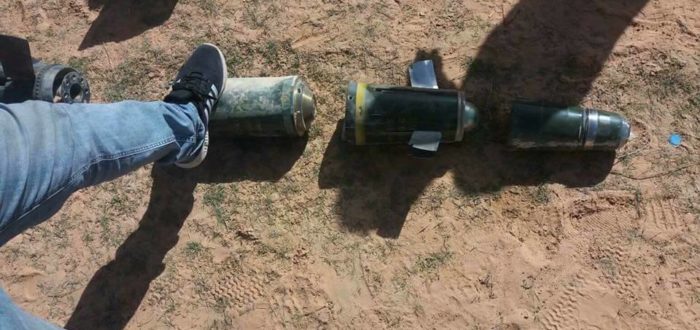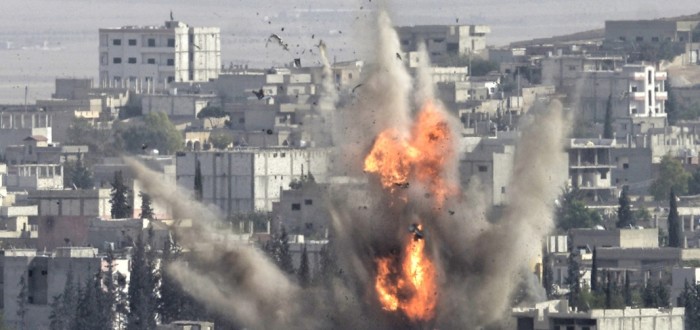Trevor Ball & N.R. Jenzen-Jones Editor’s Note: This blog post is linked to entries in the Open-source Munitions Portal (OSMP), a joint project between ARES and Airwars, available at https://osmp.ngo/. OSMP Entry Nos. 513, 514, 548, 549, 579 The use of smoke munitions in modern conflict continues to be misunderstood by non-specialist observers. In extreme circumstances, this



